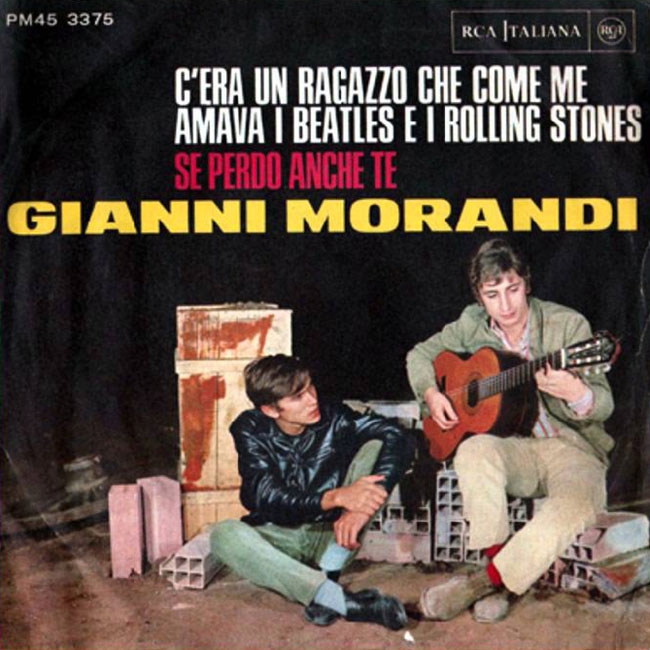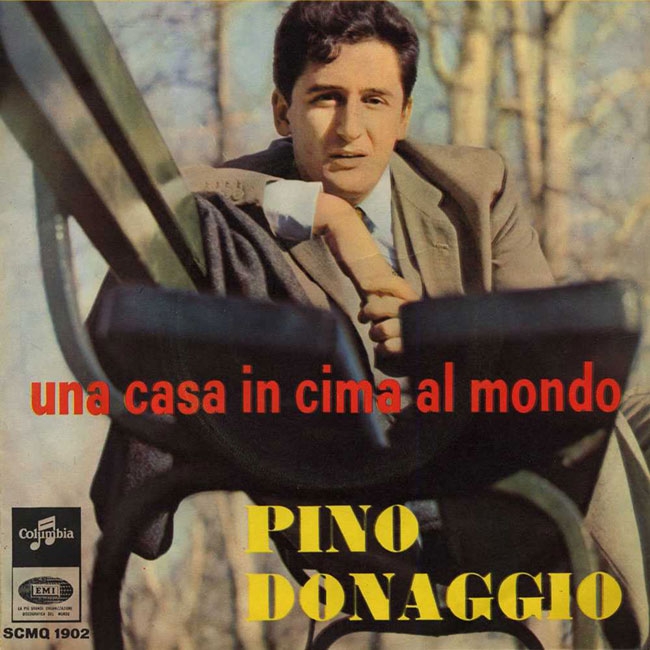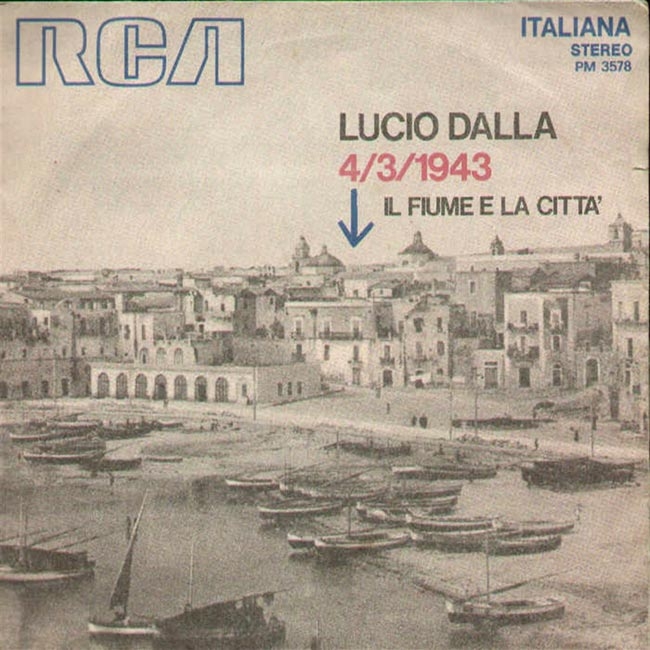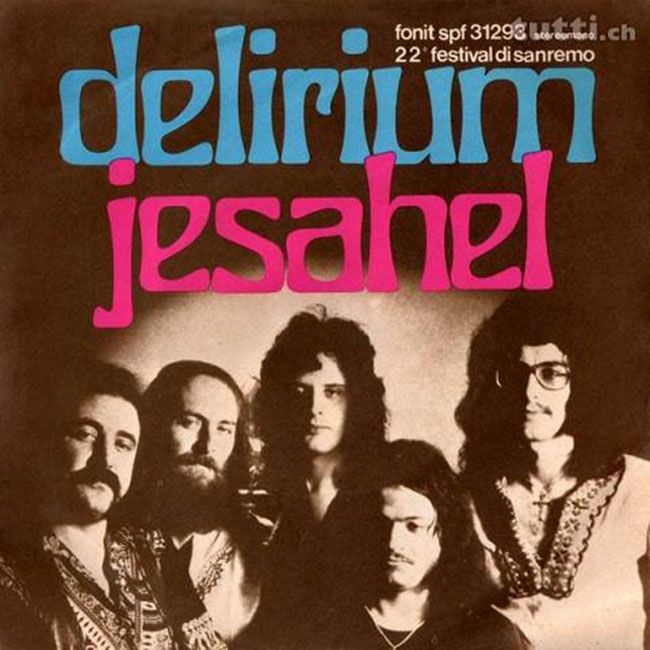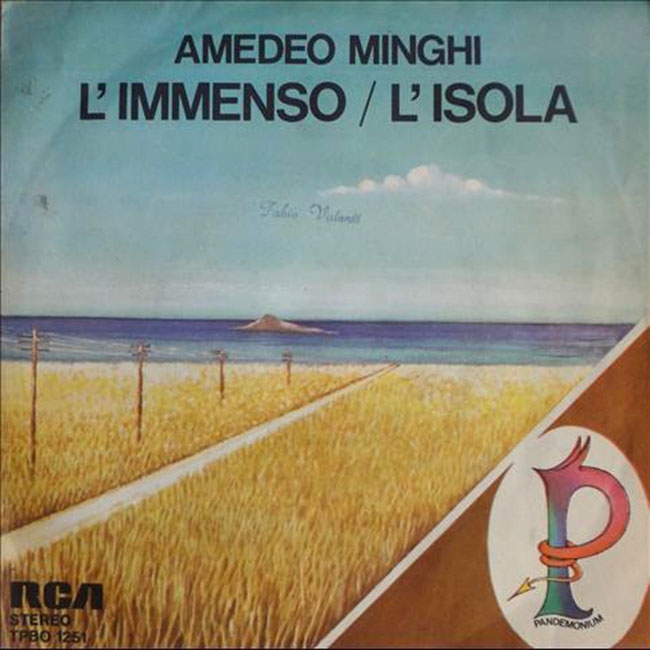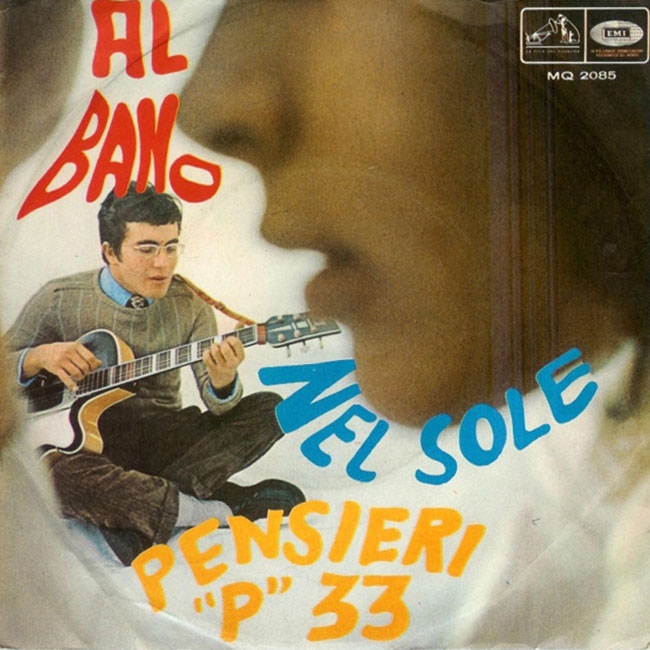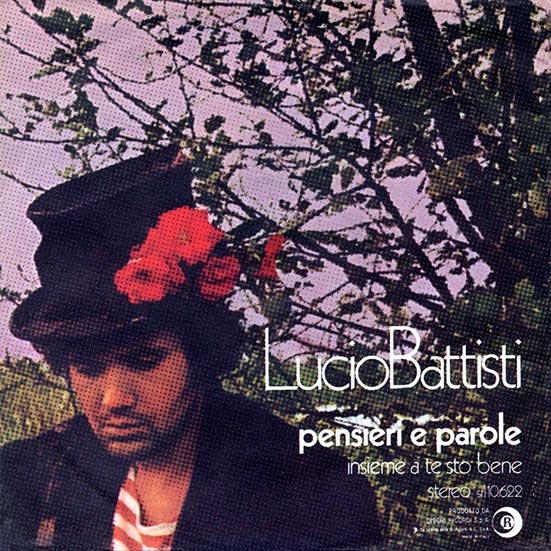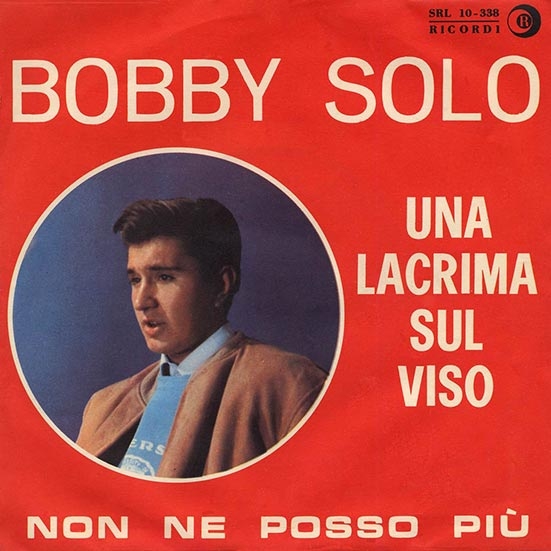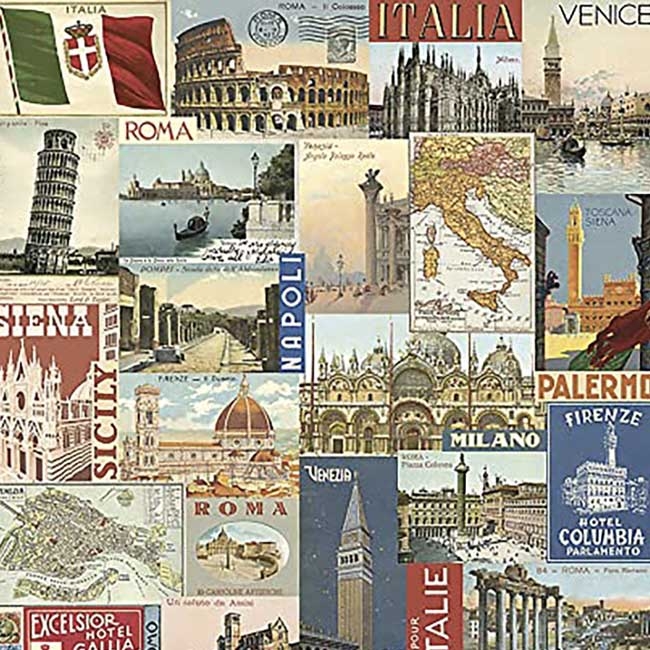
Paesi e paesaggi d’Italia playlist
Villages and landscapes of Italy
Italy has always held a great fascination for foreign visitors since the eighteenth century, when the noble offspring of the European aristocracy traveled far and wide in search of history, beauty and humanity. This collection proposes a trip through Italy in the style of that Grand Tour which left such illustrious testimonials from the likes of Goethe, Byron, Berlioz and Burney. But it does so in a much more prosaic way through songs that – like the old Cantagiro - touch on villages and cities, enchanting valleys and lakes, describing them as if they were musical postcards. Arriving from the North-East, the tourist encounters the Dolomites, today a skiers’ paradise, with La postina della Val Gardena, from the review Made in Italy (by the Garinei-Giovannini-Kramer team, 1954). Then we continue along the Austrian border and the land around Lake Maggiore, divided in half between Piedmont and Lombardy. We then take a spectacular detour to Ascona, in the Canton of Ticino - Giorgio (Lake Maggiore) –mentioned in the hit of 1958 that came second in the Eurovision festival representing Switzerland. We then stop at two Lombard villages that rose to national fame thanks to the Sanremo Festival (1951) – Al mercato di Pizzighettone (CR) - and the movies – I pompieri di Viggiù (VA), 1948.
From the mists of the Po to the Ligurian Riviera, where we stop in Alassio (province of Savona) to capture the symbol that fascinated the international jet set in the late 1950s: Sul muretto d’Alassio (SV) Hemingway, Brigitte Bardot, Frank Sinatra are immortalized ... Then, the Riviera di Ponente, with a stop at the most romantic seaside resort in the North West (Love in Portofino, 1958). Continuing towards Tuscany, here is a centuries-old attraction “that leans that leans / and never falls down”; (Evviva la Torre di Pisa, 1939). Then, a detour to the opposite side and to the city of Forlì, where a certain Eulalia breaks hearts (Eulalia Torricelli, 1946). We continue along the Adriatic coast to Puglia, where we stop in Gioia del Colle (BA), which gave birth to the subject of a famous song (L’onorevole Bricolle, 1948).
Not far away we can admire the famous cone-shaped houses that characterize the local architecture (I trulli di Alberobello, 1958). Exhausted but emotionally fulfilled, we cross the boot horizontally again to contemplate the wonders of the Campania archipelago, where Capri is the pearl (Qui sotto il cielo di Capri, 1948, from the movie I Pompieri di Viggiù). Our final milestone is the capital, which offers us a trip into a bygone era (Marino, Albano, Ariccia, Nemi...) in a horse-drawn buggy - Nannì (Una gita a li castelli), 1927.

